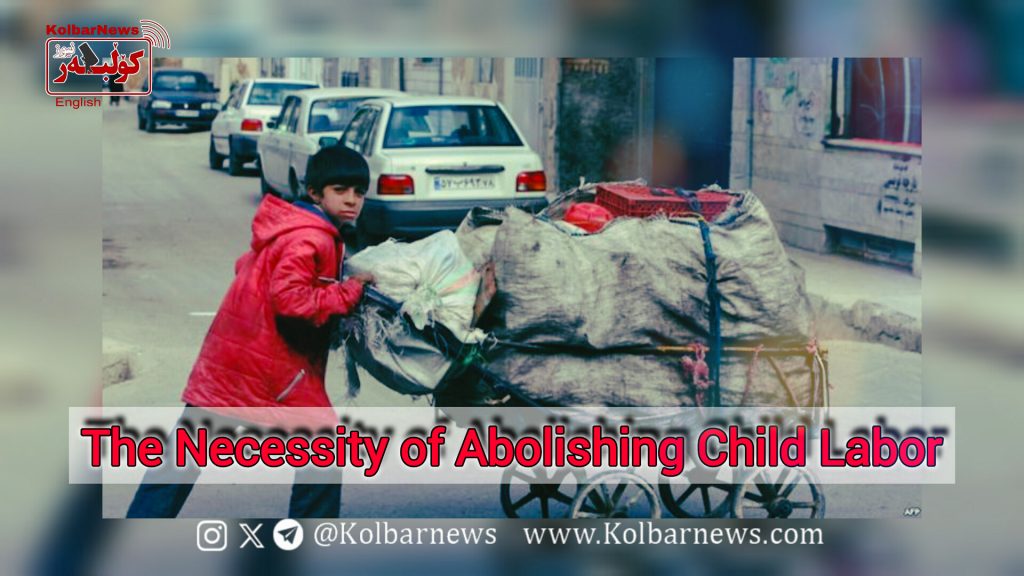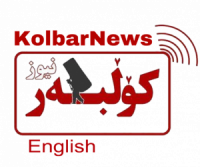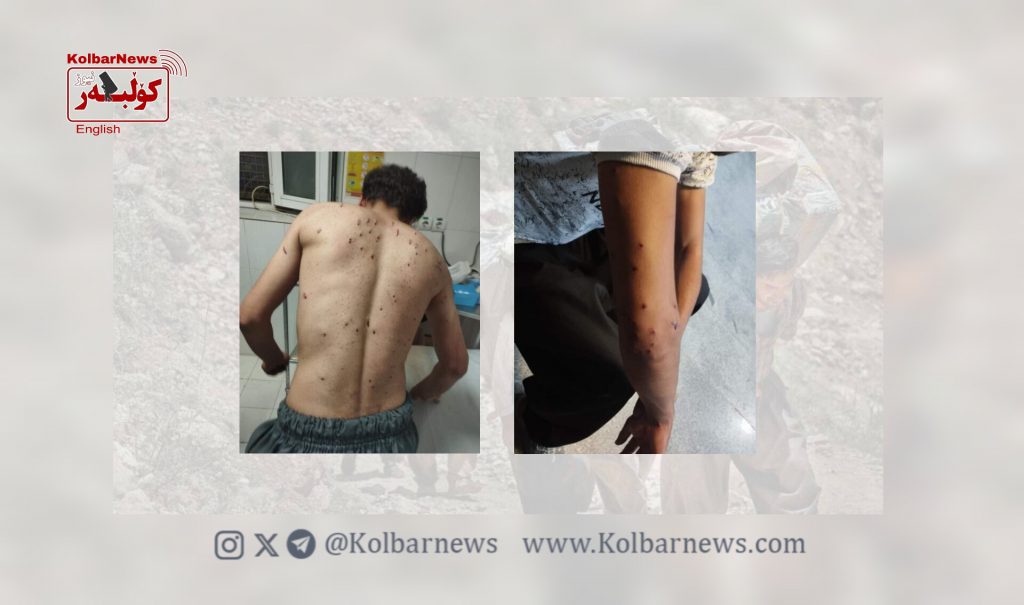
In late September, Arman Melli newspaper published an article titled “The Dark Shadow of Child Abuse,” prompted by the beating of a street child in a welfare center. The article highlighted the plight of children subjected to abuse in such centers. One case involved children being beaten for bed-wetting at a charity for orphans, while another concerned a street child who was severely beaten after escaping from a welfare center, with the video of the incident circulating on social media. Authorities such as the police and the judiciary investigated, but instead of addressing the root causes, they arrested the worker involved and shut down the center. This so-called solution deprived children of even the minimal services provided by the facility.
In the Islamic Republic of Iran, child laborers and street children are among the most oppressed groups in society. No accurate data exists on their numbers. According to estimates from parliament, there are between three to seven million child laborers in the country, some of whom work on the streets. A 2022 report by the Welfare Organization revealed that they lacked a clear understanding of the issue, estimating around 120,000 child laborers, with only 10,500 receiving welfare services—services that have been shown to be grossly inadequate.
Some experts argue that in 2021, 15% of Iran’s population consisted of street and working children. Fifty percent of these children were from immigrant families, mostly Afghan, while 18% were Baluch. It was also reported that one million children who should have been in school were unable to enroll due to poverty, instead joining the ranks of child laborers. A significant number of these children work in workshops, where employers prefer them for their cheap, compliant labor. These children receive minimal wages, with girls earning even less than boys. Beyond meager wages, employers deny them basic rights, including health insurance. According to a report by ILNA on September 12, a labor activist found that out of 15,000 workshops in a part of Tehran, not a single child laborer had access to insurance.
Child labor in Iran extends far beyond wage and insurance issues. Numerous reports reveal that children are exploited under the worst conditions. With the deepening poverty in Iran, the phenomenon of child labor is rapidly expanding.
In Iran, 11 agencies are supposedly responsible for addressing the problem of child labor, including the Welfare Organization. However, the services provided by these agencies are minimal and often inadequate. Many of these centers operate like prisons, and children are unwilling to live there voluntarily. Independent investigations show that most child laborers fear encounters with welfare agencies, viewing them as akin to arrest. Non-governmental organizations (NGOs) and grassroots groups are more effective in supporting these children, but the regime obstructs their work. There are reports that the regime has even imprisoned and tortured child rights activists trying to help.
Child labor is a global issue, but it has taken on a particularly dire form in the Islamic Republic. These children, primarily born into poverty and from working-class families, cannot save themselves. Solving the issue of child labor must become part of the demands of the broader labor movement. The first step is the abolition of child labor, which is closely tied to addressing poverty in Iran. According to some leaked information from regime sources, 70% of Iran’s population has been driven into poverty by a rapacious religious regime and greedy employers. Therefore, child labor cannot be abolished without a fundamental change in the current system, and a government that prioritizes humanity must replace the existing regime.

